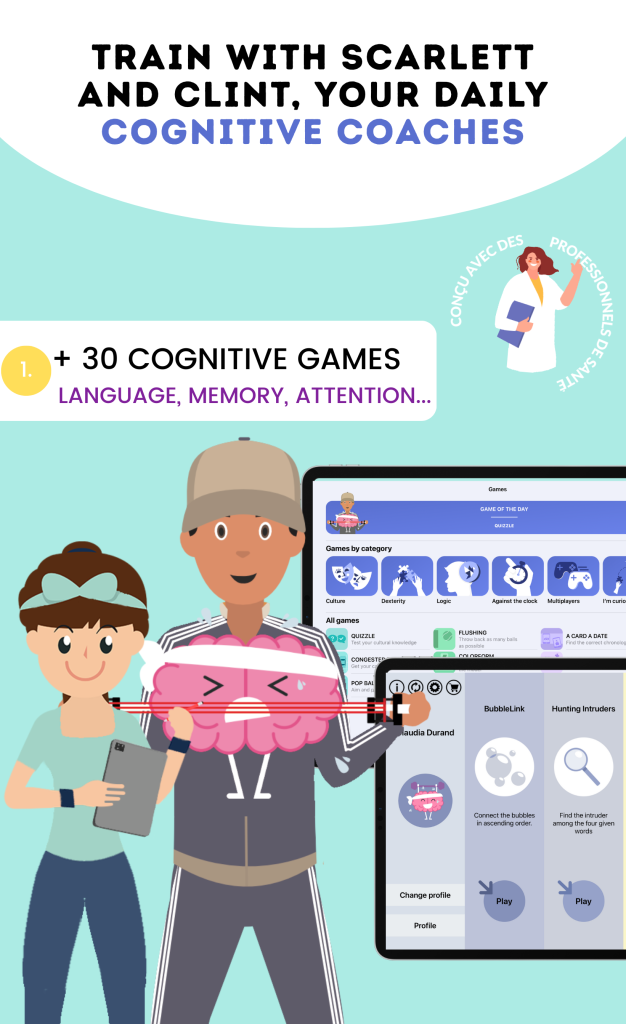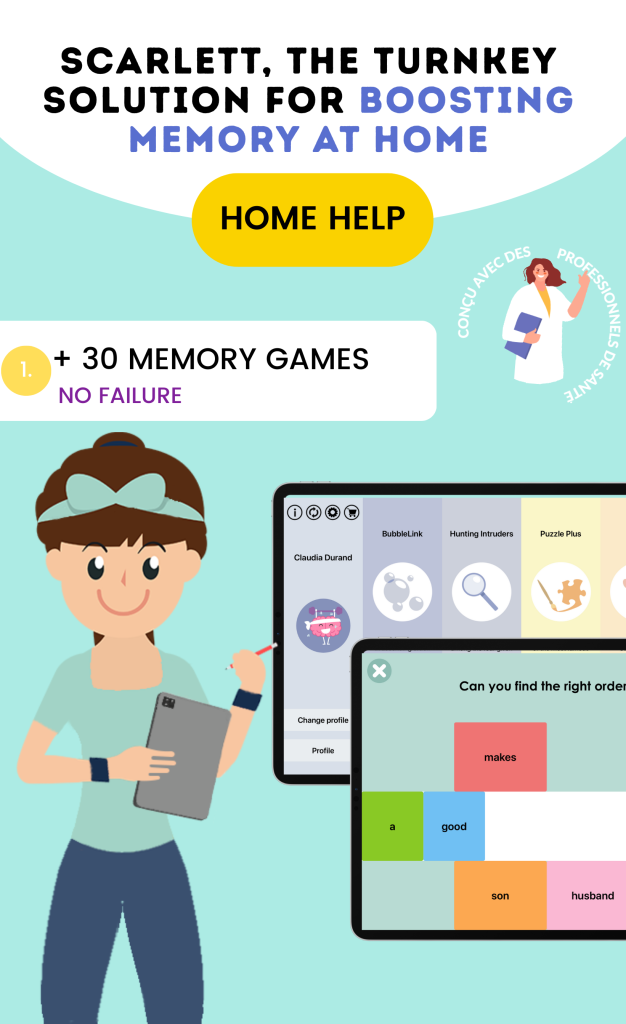Over the decades, caregivers have enabled people with disabilities or elderly people to continue living well at home and to have reassuring support.
Depending on the beneficiaries, the areas, and even the conditions, it can be very difficult for them to perform their job effectively without issues. To make their lives easier, the arrival of new technologies in this sector has brought significant innovation.
Discover how we support caregivers through digital technology.
SUPPORT IN PATIENT MONITORING
Nowadays, digital technology allows caregivers to monitor the changes in their patients more easily.
Through various solutions such as connected devices, it is possible to monitor the conditions in which people with disabilities or elderly individuals live under their care.
This allows them to adapt their interventions and be more responsive.
Technology also helps them to monitor medication intake in the case of sick individuals.
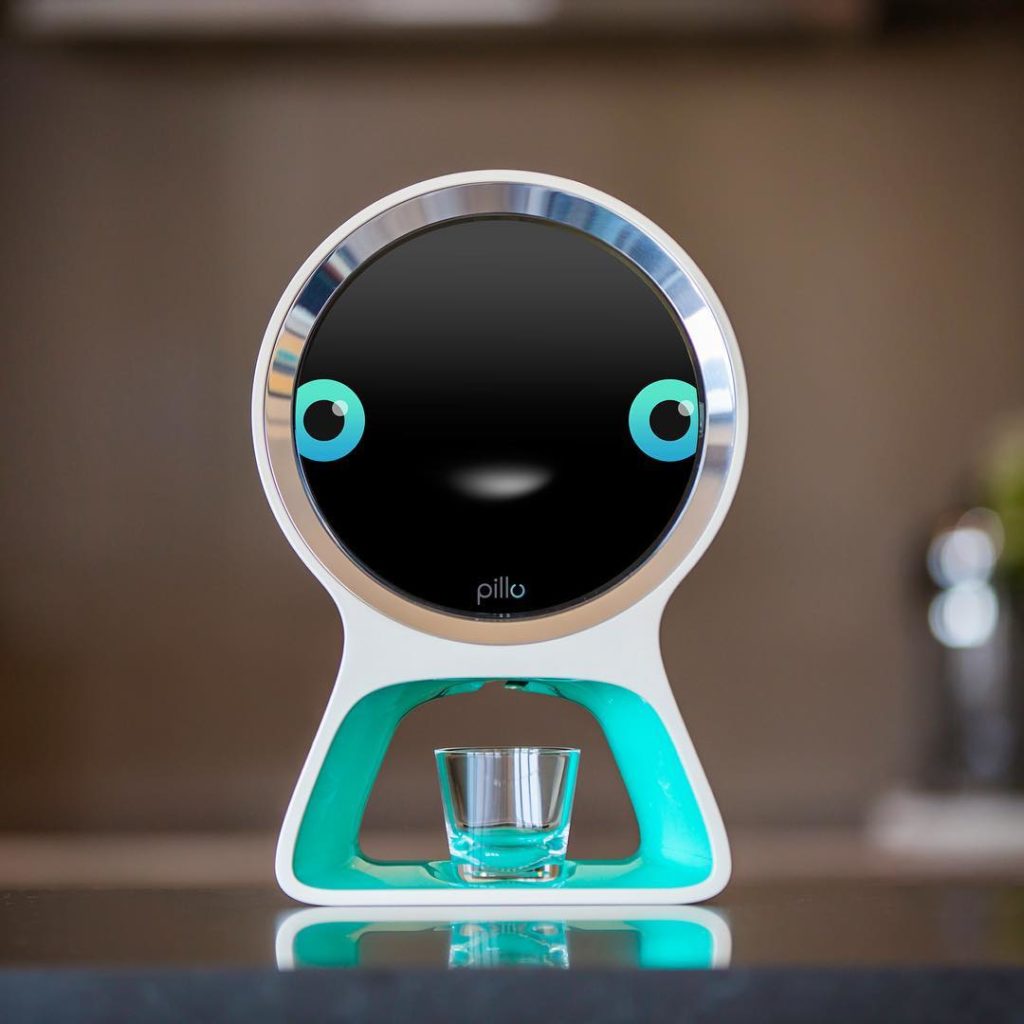
In this field, digital technology has enabled, for example, the use of connected pill dispensers that indicate in real-time when and how medications are taken. This support allows for contact with various stakeholders, such as firefighters or the attending physician.
SOCIAL SUPPORT
In other cases, this digital support allows caregivers not to feel isolated. It is recognized that elderly people or those with physical or cognitive disabilities are often isolated from the world and their families.
This loneliness can have a significant impact on caregivers. Digital evolution thus allows for simple and evident interaction between the beneficiary, the family caregivers, and the caregiver even from a distance.
Nowadays, digital technology allows caregivers to monitor the changes in their patients more easily.
Through various solutions such as connected devices, it is possible to monitor the conditions in which people with disabilities or elderly individuals live under their care.
This allows them to adapt their interventions and be more responsive.
Technology also helps them to monitor medication intake in the case of sick individuals.
In this field, digital technology has enabled, for example, the use of connected pill dispensers that indicate in real-time when and how medications are taken. This support allows for contact with various stakeholders, such as firefighters or the attending physician.
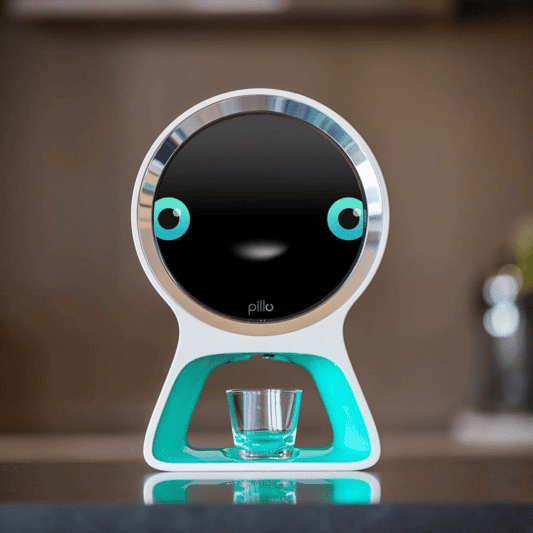
SOCIAL SUPPORT
In other cases, this digital support allows caregivers not to feel isolated. It is recognized that elderly people or those with physical or cognitive disabilities are often isolated from the world and their families.
This loneliness can have a significant impact on caregivers. Digital evolution thus allows for simple and evident interaction between the beneficiary, the family caregivers, and the caregiver even from a distance.
Indeed, there are simplified messaging solutions for elderly people or those with disabilities that allow them to easily exchange messages and photos with their loved ones, notably the solution Dynseo Family.
This will make it easy for you to communicate with your patient and to know the evolution of their state of mind. These solutions also allow caregivers to more easily contact the surrounding people (their families, friends, colleagues, and acquaintances) of their beneficiary. Modern tools allow them to easily thrive through various means such as smartphones with social media applications.
Finally, there is the solution of the voice assistant, allowing the elderly person or the person with disabilities to have a daily companion, notably with Fanny, an assistant developed to enable seniors to stimulate themselves, send messages easily, and receive reminders for their daily appointments.

INNOVATIVE SUPPORT
Because digital innovation is an asset for everyone and caregivers deserve to be supported more than others, we have chosen to invest in this area. Because we understand the concern of supporting them given everything they go through, we provide them with concrete solutions to enable them to interact with their patients while providing them with evolving tools.
Thanks to our numerous memory games available on tablets, it will be possible for you as a caregiver to use digital technology to work. You will be able to help your patients work on their brains and awaken their cognitive reflexes through multiple well-designed and well-structured exercises. They allow the individuals you assist to mentally engage by solving exercises that are more or less easy.
Two versions are notably available: the Edith version,
a version aimed at seniors with cognitive disorders, and the Joe version, for prevention.
A PROGRAM FOR PREVENTION OR MILD COGNITIVE IMPAIRMENTS
CLINT

A PROGRAM SUPPORTING ALZHEIMER’S PATIENTS
SCARLETT
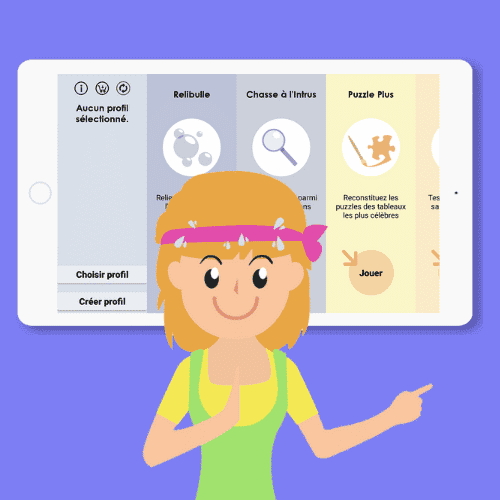
These solutions promote exchange and can be used by the caregiver as a mediation tool before or after care.
Our digital support solution for caregivers is an innovative tool created to allow greater independence for your patients. The memory games we offer are well-suited to multiple other connected devices such as smartphones and computers. Their purpose is to facilitate interaction with the individuals to be supported and help them develop to regain their place in society.
Additionally, a toolbox has been specially developed for caregivers, including applications for cognitive stimulation, fine motor skills work, memory recall, as well as a whole bunch of useful items to share a pleasant and beneficial moment with the patient.
The caregiver’s toolbox by DYNSEO
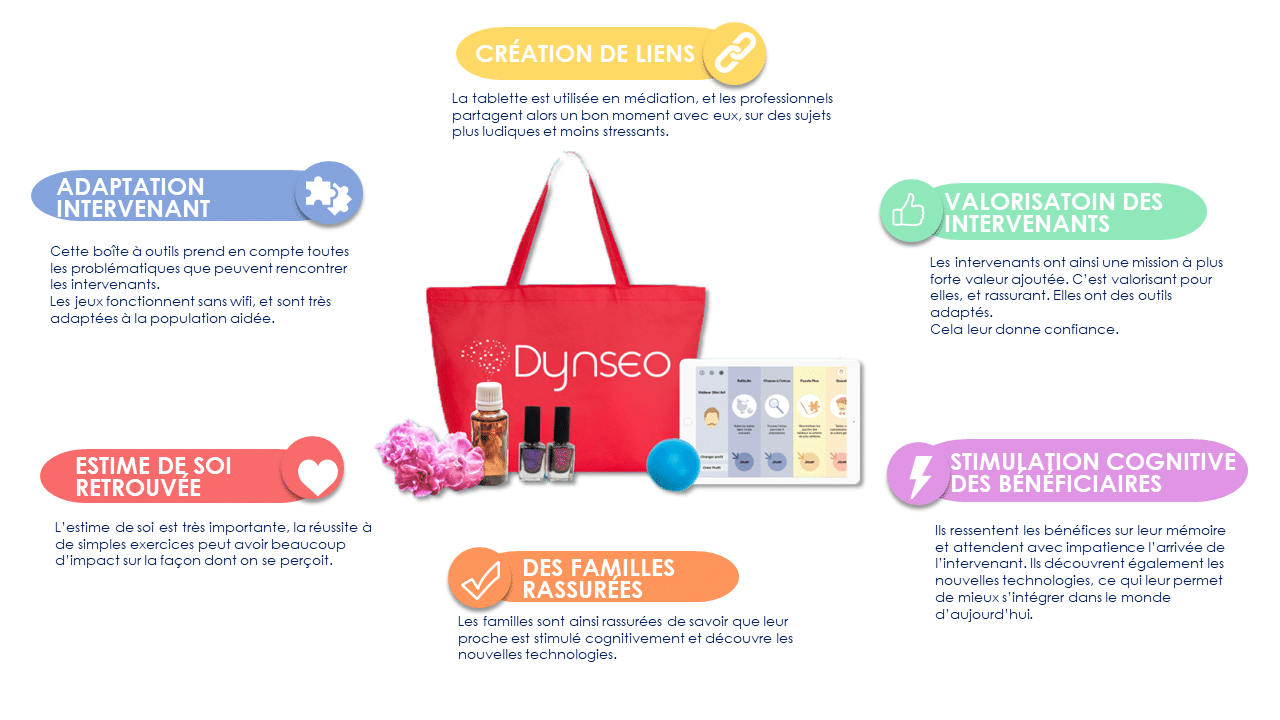
THE ADVANTAGES OF CONNECTED TECHNOLOGIES
Connected technologies offer numerous advantages for caregivers, facilitating their daily work. Here are some key benefits:
- Real-time monitoring: Connected devices allow for real-time monitoring of patients’ health, providing increased responsiveness when needed.
- Access to historical data: Caregivers can consult the history of care and medications administered, which helps to better understand the evolution of the patient’s health.
- Simplified communication: Technologies facilitate communication between different stakeholders (doctors, families, other caregivers), ensuring better coordination of care.
- Reduction of errors: The automation of certain tasks, such as medication reminders, reduces the risk of human errors.
THE IMPORTANCE OF CONTINUOUS TRAINING
To maximize the effectiveness of caregivers in the face of new technologies, continuous training is essential. Here are some training areas to consider:
- Use of digital tools: Training caregivers on the use of applications and connected devices for optimal patient monitoring.
- Data management: Teaching how to collect, analyze, and interpret health data to improve care.
- Digital communication: Developing skills in remote communication to maintain connections with families and healthcare professionals.
- Ethics and confidentiality: Raising awareness of the issues surrounding the protection of patients’ personal data in a digital context.
EXAMPLES OF INNOVATIVE APPLICATIONS
Here are some examples of innovative applications that facilitate the work of caregivers:
- Care management applications: Tools that allow for planning visits, tracking tasks to be completed, and recording observations.
- Tele-assistance tools: Solutions that allow caregivers to request remote assistance when needed.
- Cognitive stimulation applications: Programs that help patients maintain their cognitive abilities through games and adapted exercises.
- Social networks for seniors: Platforms that promote social interactions between elderly people and their loved ones, thus reducing isolation.
CHALLENGES TO OVERCOME IN THE ADOPTION OF TECHNOLOGIES
Despite the numerous advantages, the adoption of technologies by caregivers presents challenges:
- Resistance to change: Some caregivers may be reluctant to use new technological tools.
- Accessibility: Not all beneficiaries have the necessary equipment to benefit from connected technologies.
- Insufficient training: A lack of adequate training can limit the effective use of digital tools.
- Technical issues: Breakdowns or technical difficulties can hinder the proper functioning of connected devices.




